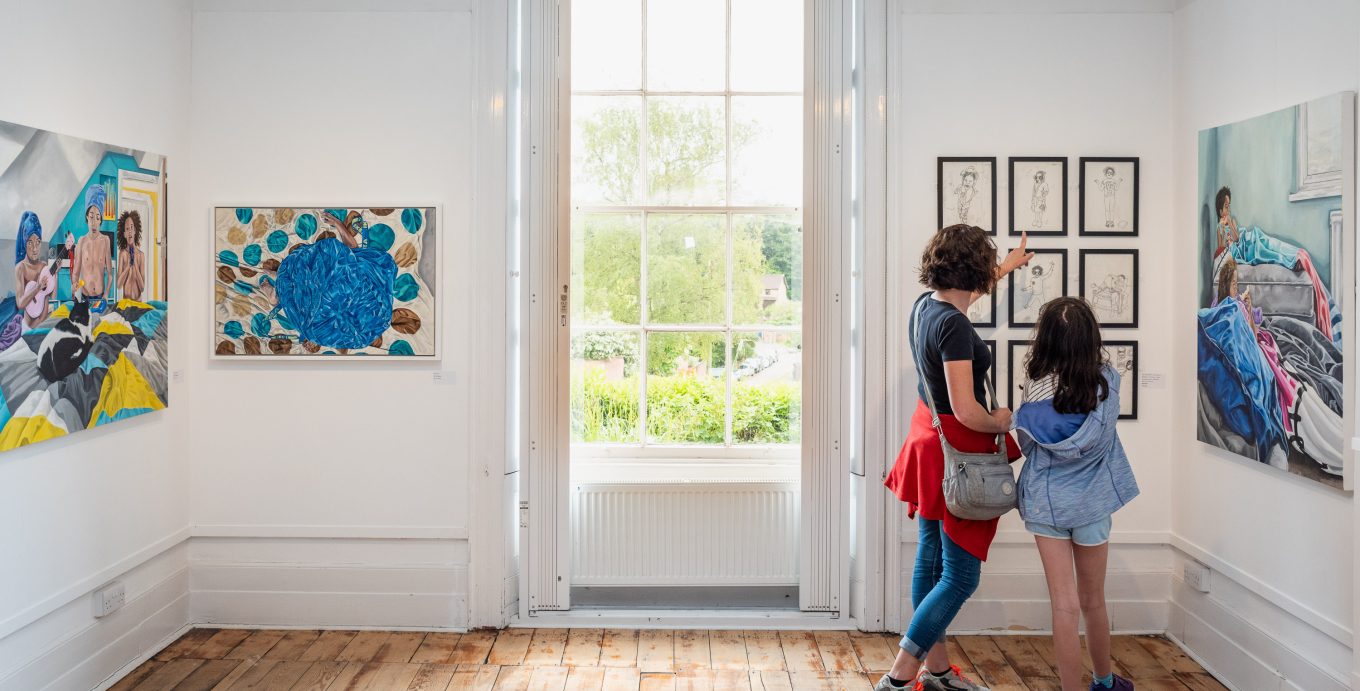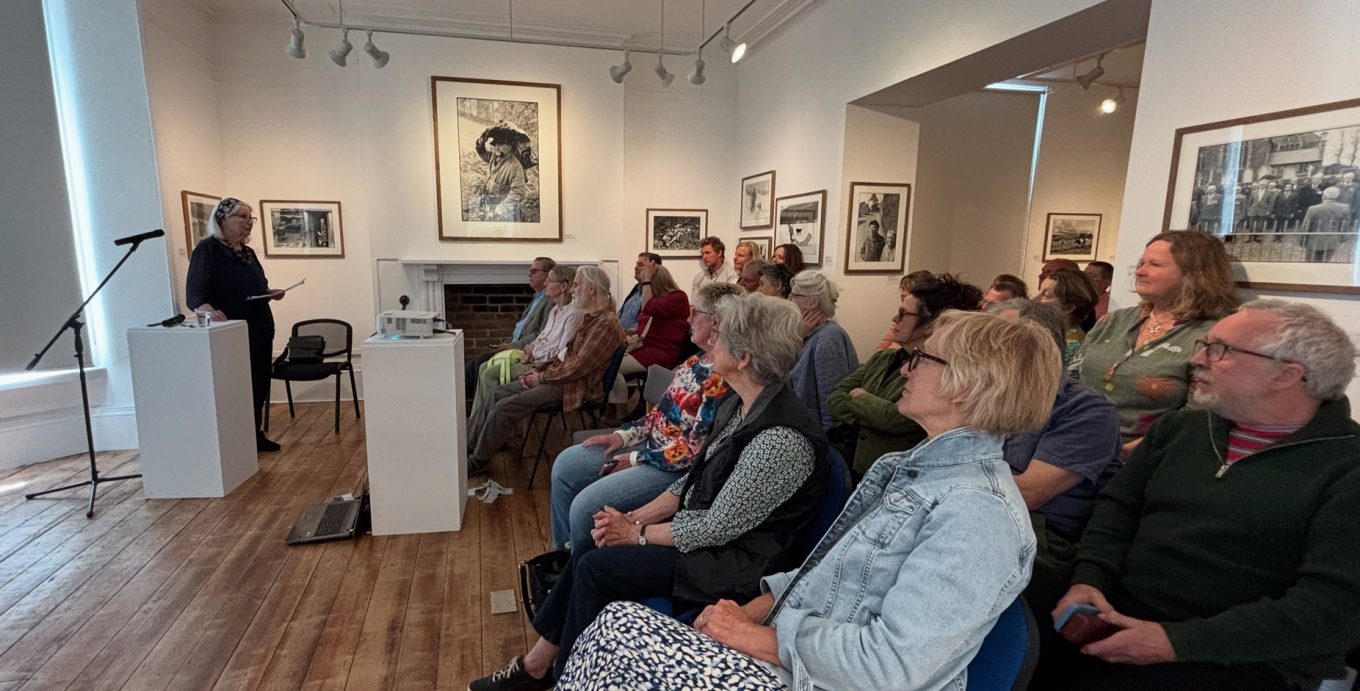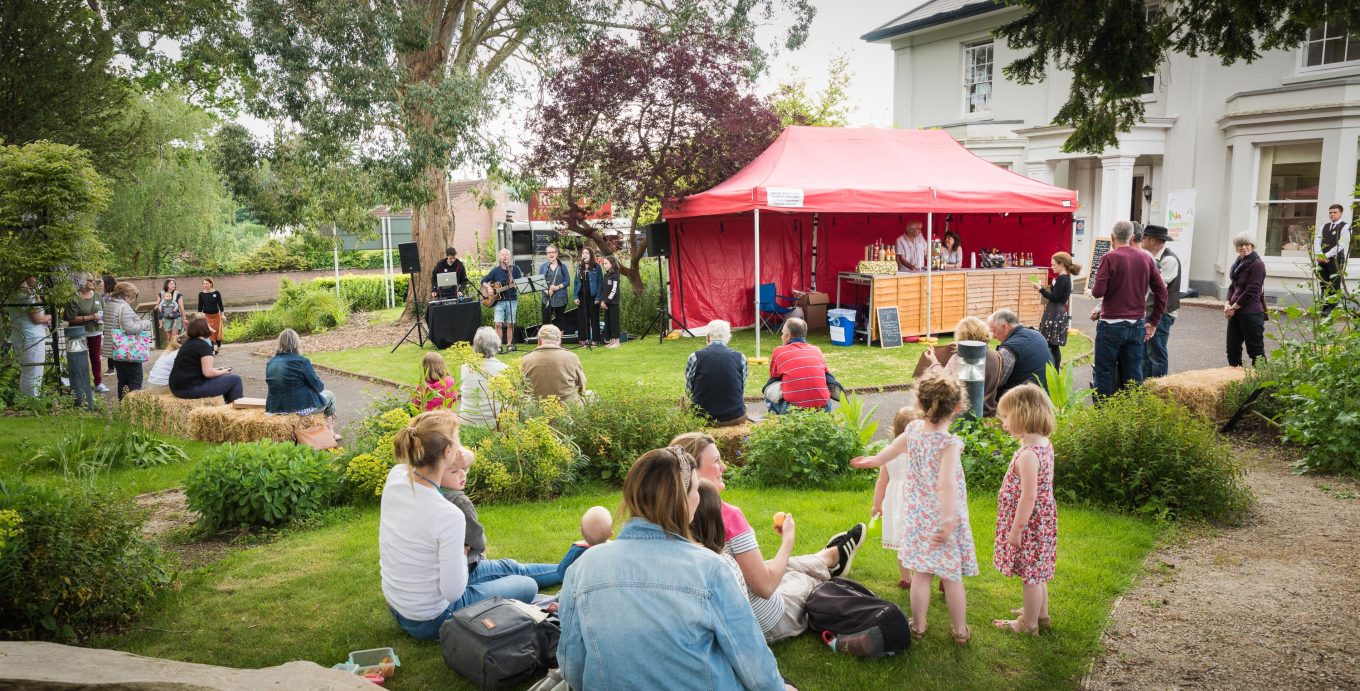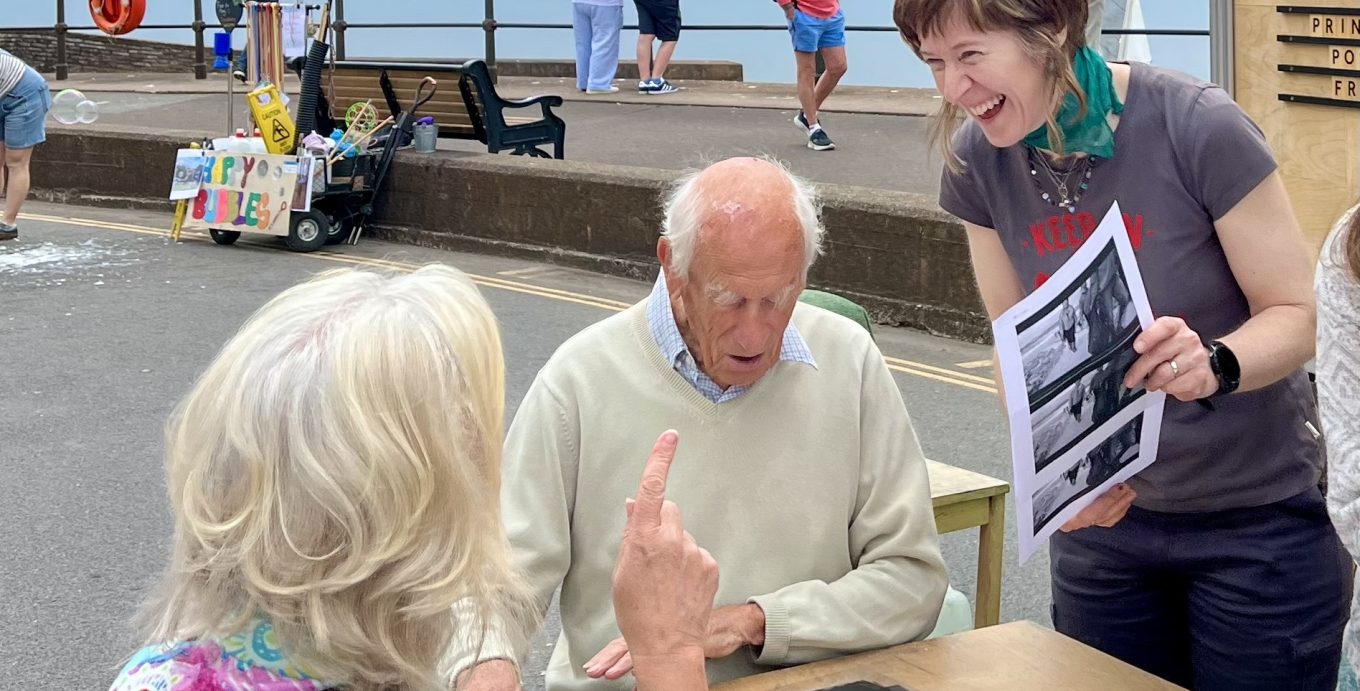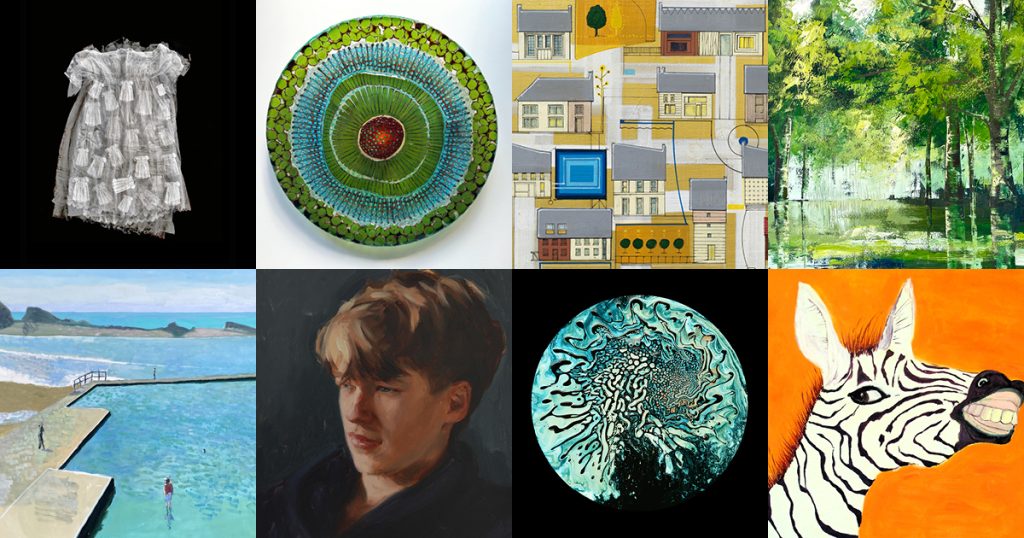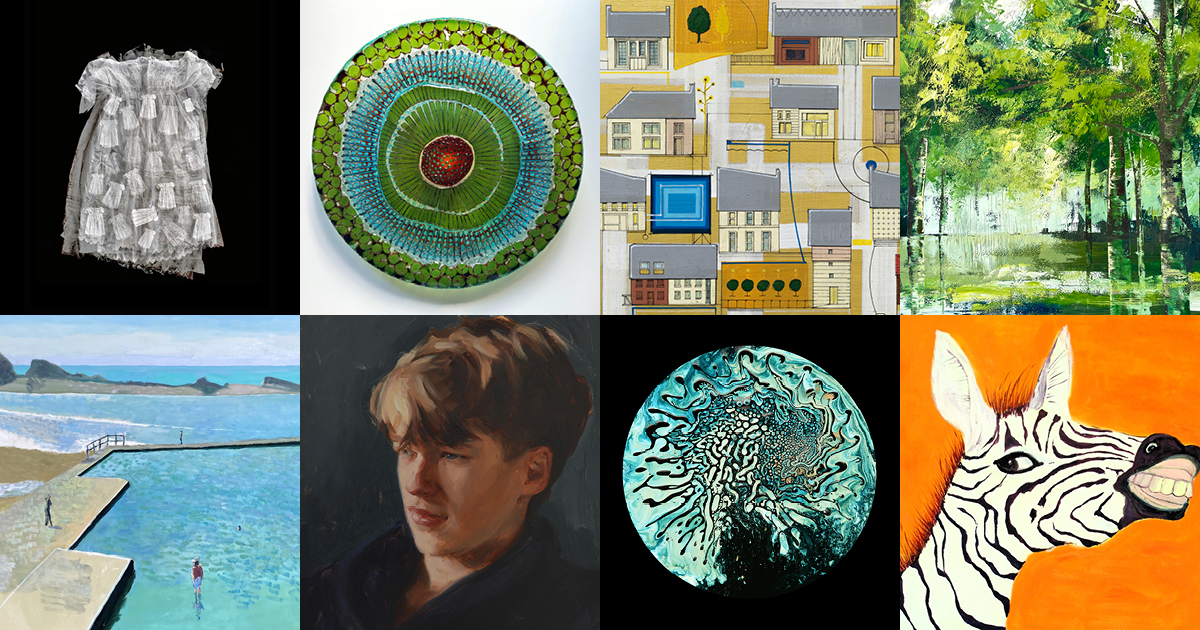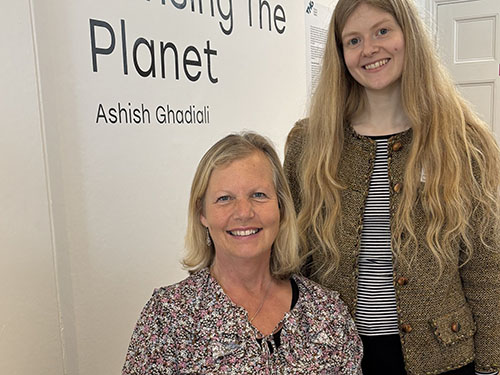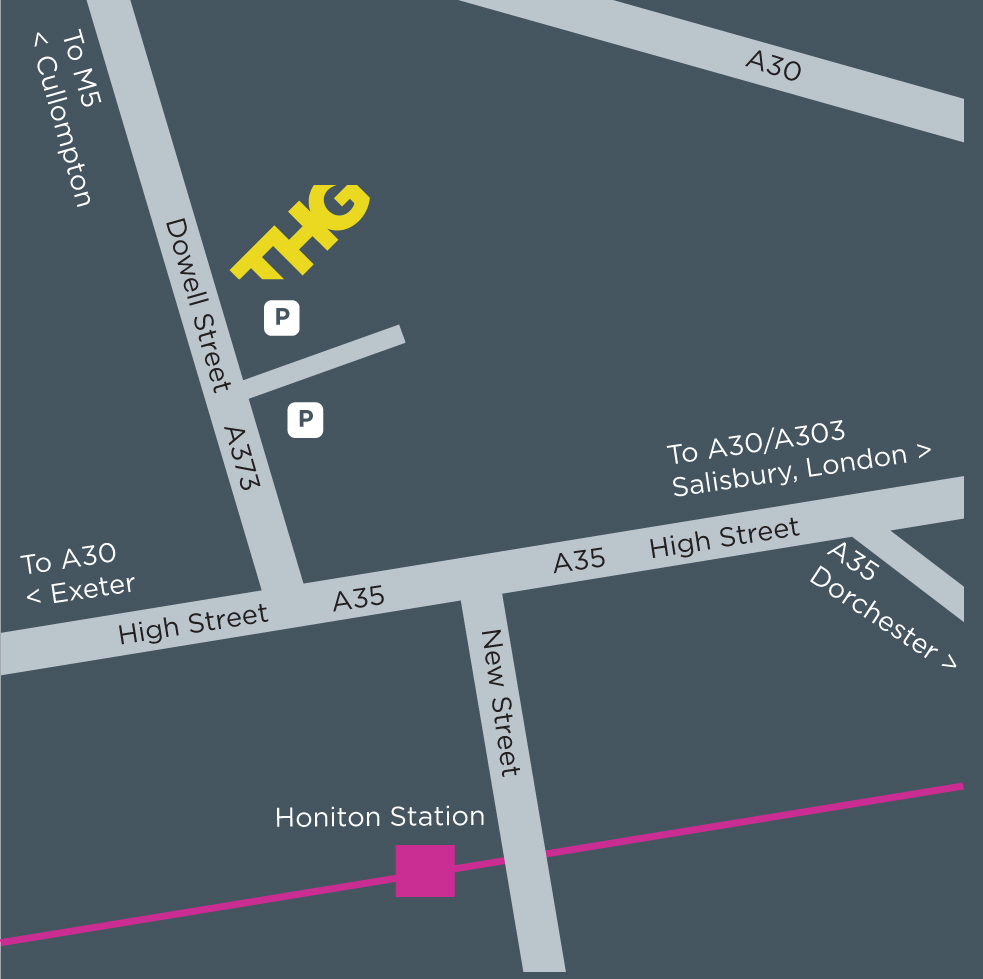
Thelma Hulbert Gallery, Dowell St, Honiton EX14 1LX
Open Tuesday to Saturday, 10 to 5.
TRAIN – 10 min walk from Honiton station
BUS – 5 min walk from the High Street
Latest Exhibitions
-
to
The THG Open is a key part of our exhibition programme showcasing the rich talent of both established and emerging contemporary visual artists living in the South West. This exhibition is…
workshops & events

Workshops, talks and events
Discover our coordinating programme of workshops, talks and family art activities.
Latest News
-
Published on
A record number of artists has submitted their work to the Open exhibition at Thelma Hulbert Gallery (THG) The finalists have been announced for the THG Open 2025. The Open is…
support thg
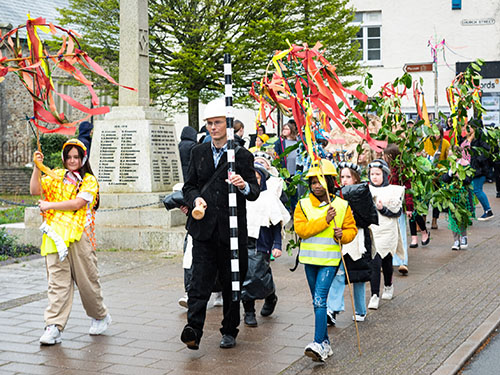
Your contribution will help us continue our valuable work with community groups, schools and families.
become a friend

Become a THG Friend and benefit from 10% discount in the THG shop and at workshops/events.

